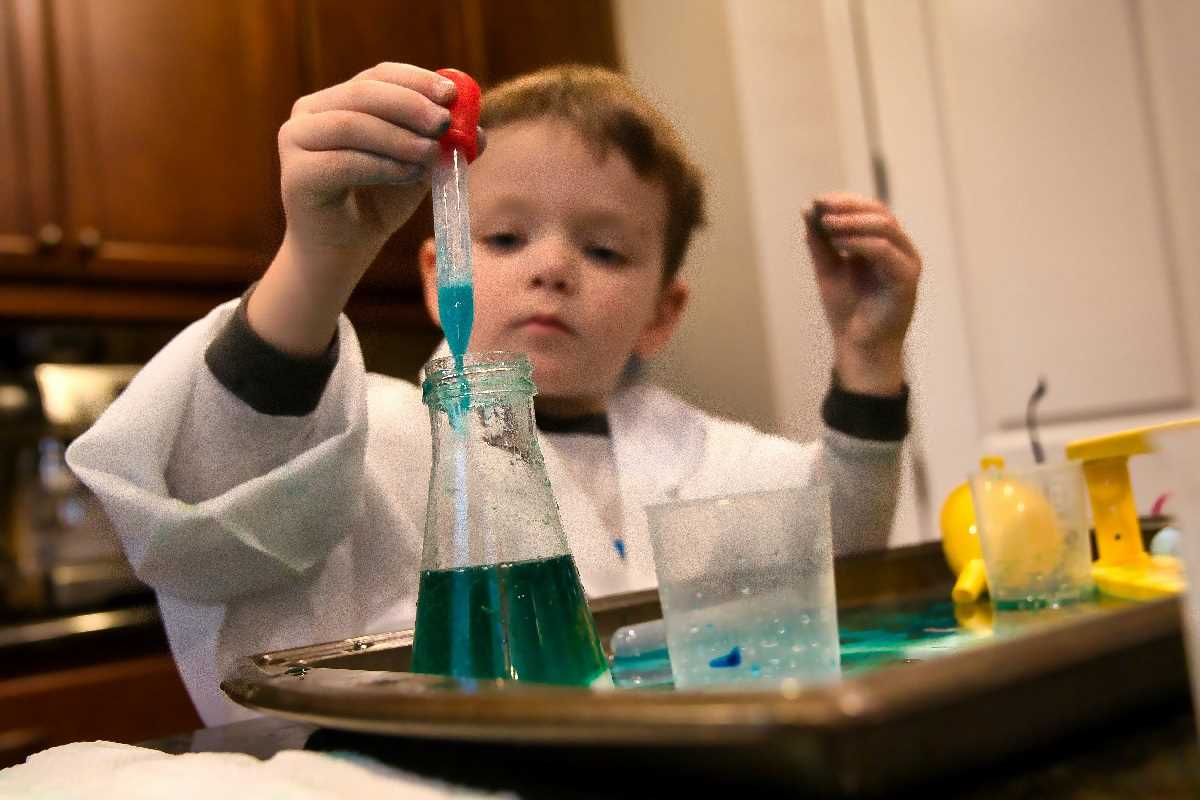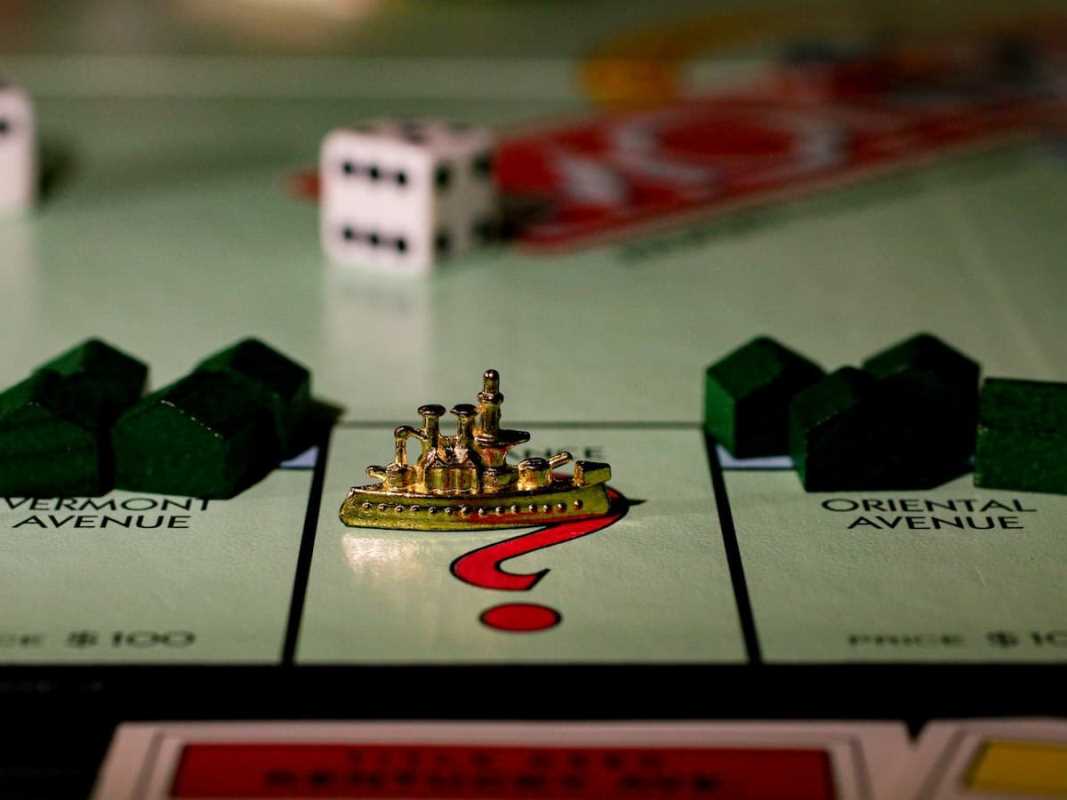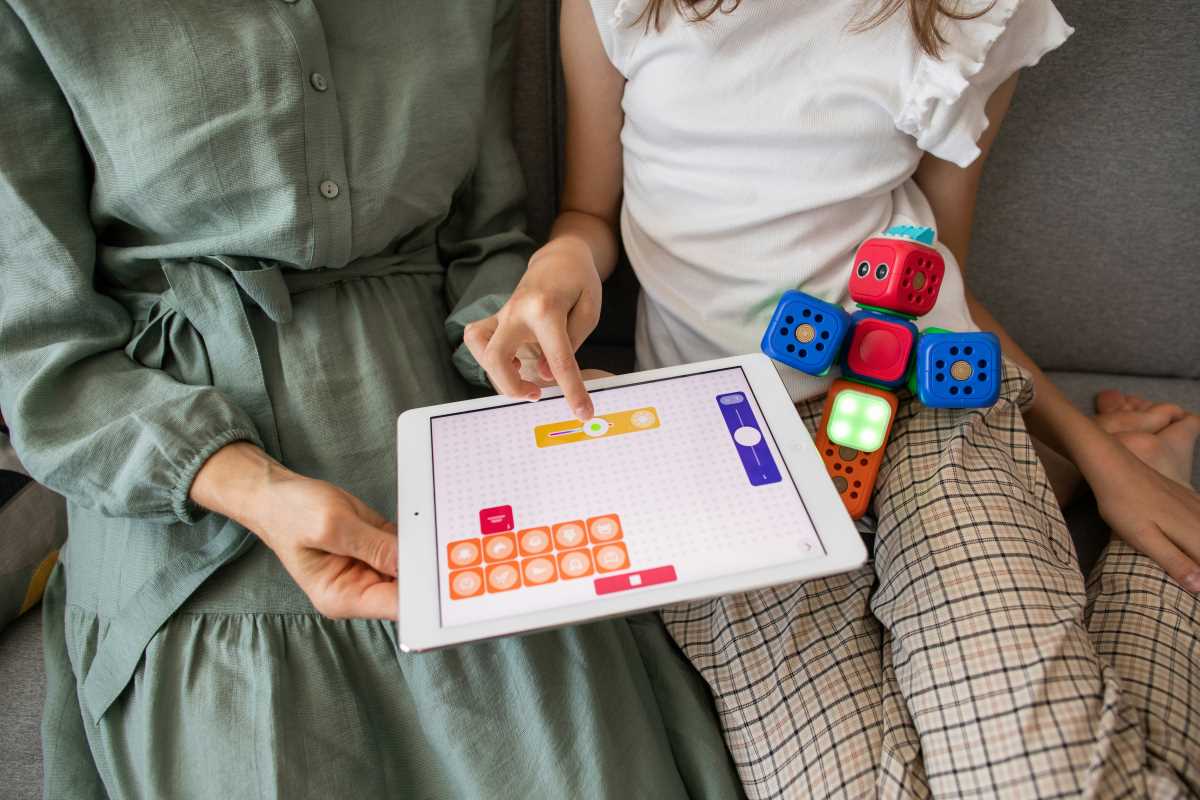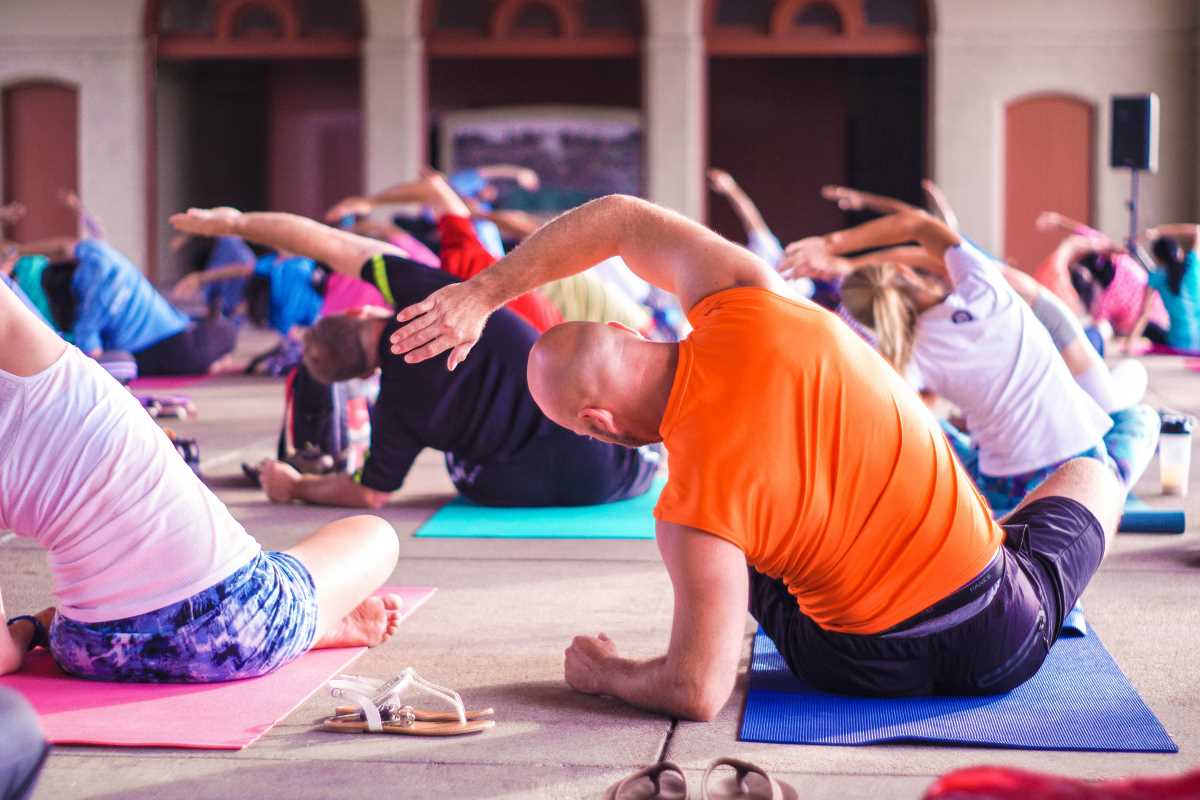Science doesn’t just belong in the classroom or a lab—it can come alive right in your living room or backyard! DIY science experiments are perfect for kids as they’re fun, hands-on, and filled with exciting discoveries. The best part? You don’t need fancy equipment or costly tools—most of the materials are probably already in your home. Here are simple, safe, and fascinating experiments along with easy instructions and the science behind them. Not only will you spark curiosity, but you’ll also create precious memories with your little scientists.
1. Baking Soda Volcano
Supplies:
- A small cup or empty plastic bottle
- Baking soda
- Vinegar
- Dish soap
- Red or orange food coloring (optional)
- A tray or large dish to catch the eruption
Instructions:
- Place the bottle or cup in the center of the tray to avoid mess.
- Add 2 tablespoons of baking soda, a squirt of dish soap, and a few drops of food coloring into the bottle.
- Slowly pour in vinegar and watch as your volcano erupts!
The Science Behind It:
The bubbly eruption happens due to a chemical reaction between baking soda (a base) and vinegar (an acid). This produces carbon dioxide gas, causing the foamy “lava” to bubble up and spill over. Not only is this experiment fun, but it’s also a great way to introduce the basics of chemical reactions to kids.
2. Homemade Slime
Supplies:
- School glue (clear or white)
- Baking soda
- Contact lens solution (with boric acid and sodium borate)
- Food coloring or glitter (optional)
- A mixing bowl and spoon
Instructions:
- Squeeze 4 ounces of glue into the mixing bowl. If you want colored slime, add a drop or two of food coloring here.
- Stir in ½ teaspoon of baking soda to thicken the mixture.
- Slowly add contact lens solution, about 1 tablespoon at a time, and stir well. You’ll see the slime begin to form.
- Keep kneading the slime with your hands until it’s stretchy and not sticky.
The Science Behind It:
Slime is all about polymers, which are long chains of molecules. The glue contains polymers that slide past each other when liquid. When you add the contact lens solution, it acts as a crosslinker that binds the polymer chains together, turning the glue into a stretchy, gooey slime. Kids will love playing with it, and you can introduce them to the concept of materials chemistry in an engaging way.
3. Build a Simple Circuit
Supplies:
- A small LED light
- A coin battery (like the ones in watches)
- Aluminum foil or copper wire
- Tape
Instructions:
- Connect one side of the LED light to the positive side of the coin battery using tape. Attach the other side of the LED to some aluminum foil or wire.
- Use the other end of the aluminum foil strip or wire to touch the negative side of the battery.
- Watch the LED light up!
The Science Behind It:
This activity introduces kids to the basics of electricity. The battery acts as a power source, creating a flow of electrons (electric current) through the metal conductor (foil or wire). When the current reaches the LED light, it powers it up. It’s a great way to explain how circuits work and how electricity powers everyday items like flashlights and phones.
4. Invisible Ink Magic
Supplies:
- Lemon juice (or milk)
- Cotton swabs
- White paper
- A heat source (like a hairdryer or a lamp)
Instructions:
- Use a cotton swab to dip into the lemon juice. Write or draw on the paper with the juice.
- Wait for the juice to dry completely so the drawings disappear.
- Hold the paper over a lamp bulb or gently blow warm air with a hairdryer. Watch as the invisible writing reappears!
The Science Behind It:
When the lemon juice dries, it becomes invisible. However, when exposed to heat, the organic compounds within the juice darken faster than the paper, revealing your writing. This is a fun way to teach kids some basic chemistry while making them feel like secret agents!
5. Rainbow in a Glass
Supplies:
- A clear glass
- Water
- Table sugar
- Food coloring
- A spoon
Instructions:
- Fill four small glasses with half a cup of water each. Add 1 tablespoon of sugar to the first glass, 2 tablespoons to the second, and so on until the fourth glass has 4 tablespoons. Stir well until the sugar dissolves.
- Add a few drops of different food coloring to each glass (red, blue, green, yellow).
- Starting with the glass with the highest sugar concentration, carefully layer the water into one clear glass using a spoon. Pour slowly to avoid mixing. Continue layering from the highest to lowest concentration.
- You’ll see a beautiful rainbow in your glass!
The Science Behind It:
This experiment demonstrates density. The sugary water in each glass has a different density depending on the amount of sugar dissolved. The liquid with the most sugar is the densest, forming the bottom layer, while the one with the least sugar floats on top. It’s an engaging way to introduce concepts like density and solutions to kids.
6. Balloon-Powered Rocket
Supplies:
- A balloon
- A long piece of string
- Plastic straw
- Tape
Instructions:
- Stretch the string across the room and secure it to two fixed points, like doorknobs or chairs. Thread the straw through the string so it slides freely.
- Blow up a balloon, but don’t tie it. Instead, hold the balloon’s neck closed.
- Tape the balloon to the straw, keeping the neck pointed backward.
- Release the balloon and watch it zoom forward!
The Science Behind It:
This experiment teaches kids the concept of Newton’s Third Law of Motion—every action has an equal and opposite reaction. The air rushing out of the balloon pushes it forward, much like how rockets work. This is a fun and active way to learn the basics of physics!
Why DIY Science is Amazing
These experiments are more than just activities—they’re opportunities for learning and exploration. Here’s why they matter so much for your kids’ growth and understanding of the world around them:
- Fostering Curiosity: Kids are naturally curious. Science experiments tap into that curiosity, encouraging them to ask “why” and “how” questions.
- Hands-On Learning: When kids get to touch, feel, and create during experiments, they remember concepts better. It’s learning through doing!
- Building Confidence: Completing a successful experiment, like lighting up an LED or creating slime, gives kids a sense of accomplishment.
- Introducing Scientific Thinking: Simple experiments demonstrate principles like cause and effect, observation, and experimenting—basic steps of the scientific method.
- Bonding Time: Most importantly, these activities create meaningful moments for families to connect while learning together.
You don’t need to be a science expert to inspire wonder in your kids. With a few household items, you can bring science to life in your home, sparking curiosity and joy in both young minds and old. Why not grab your supplies and get started today? After all, nothing beats the thrill of discovering something new—especially when it’s with the people you love most!
 (Image via
(Image via





